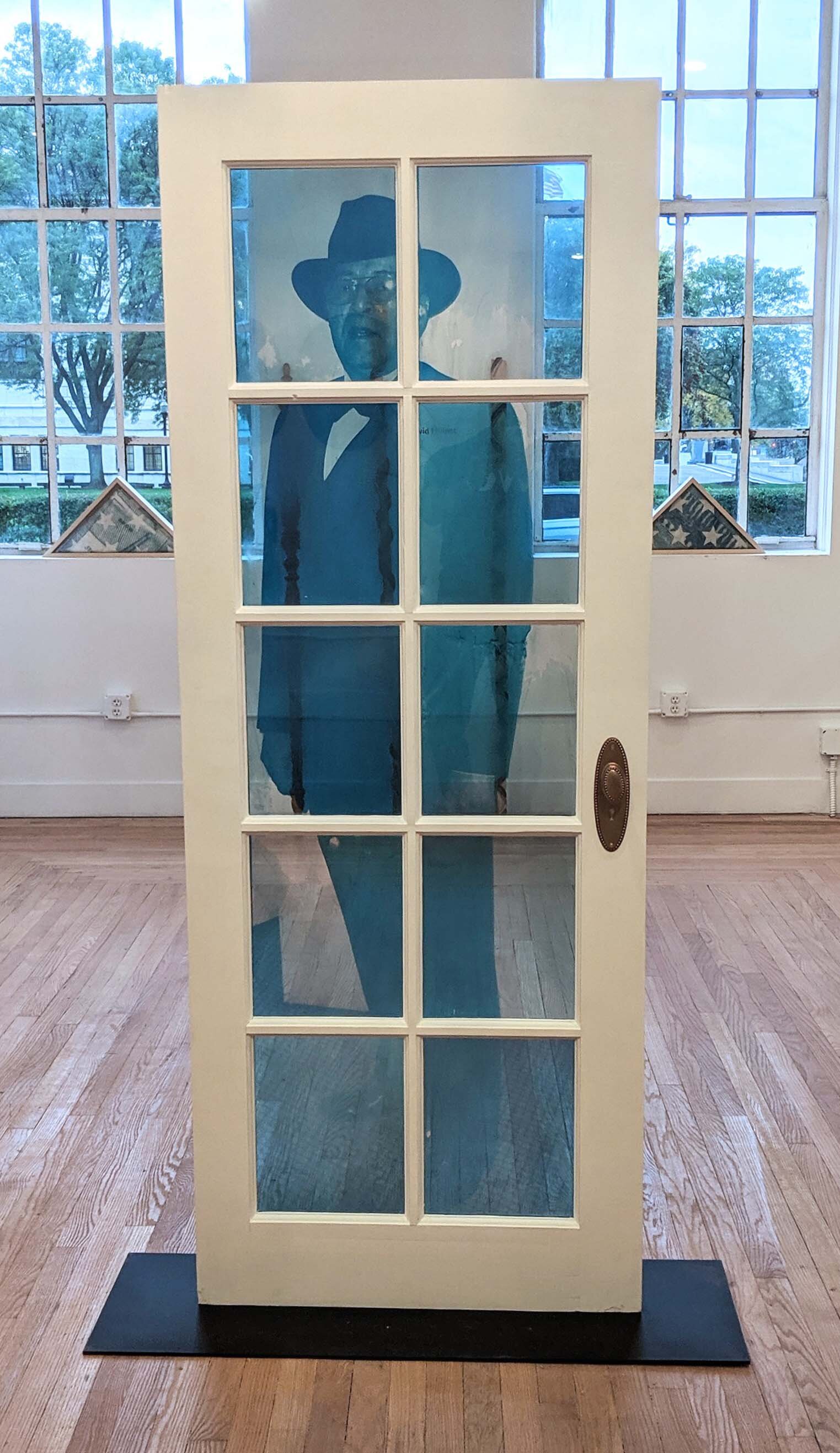In 2018, the Carr Center Independent Fellows were invited by artist and curator Carrie Mae Weems to create an exhibition linked to the 13th Havana Biennial. The resulting exhibition, The Spirit That Resides, featured original works by Nadia Alexis, Ganavya Doraiswamy, Viktor L. Ewing-Givens, Katrina Sarah Miller, Erin Falker-Obichigha, Ricky Weaver, Carrie Mae Weems, and Andrew Wilson. Rooted in preserving and enacting sacred space, these artists explored the elusive nature of Spirit and its manifestations in artistic practice.
Beyond Space, co-curated by Anita N. Bateman and Carrie Mae Weems, mines similar terrain in questioning the limits of the physical world to explain perception. With particular sensitivity to the boundaries of the observable world in explaining the breadth of Spirit, the works in this show evaluate the evidence of things not seen as mandatory components for navigating space. Articulating, rather than defining, more esoteric aspects of place and identity, the exhibition combines objects that demonstrate communion between realms, people, and time. Beyond Space invites other artists to expand the dialogue that began in Cuba with contributions from Jennifer Harge, Carole Harris, Miatta Kawinzi, and David Philpot—multidisciplinary artists interested in forms of craft, ritual, and memory as sites for creative expression.
The artists in this exhibition confront the duration of legacy evident in the passing of time as well as stories of migration, spirituality, and domesticity—transcending fixed narratives of history by focusing on how, and whom, we commemorate. Unearthing the histories of their families, of Black life that is extraordinary in its prosaicness, the exhibition asks: When and where does Spirit reside? How is that indefinable place bound, or not, to the imagination? To that end, movement is represented in the traversal between tangible and intangible forms of landscape, proving that placemaking is as much a mental affirmation as it is material. By engaging the concept of space—its limitations, its porosity and its ephemerality—this exhibition assembles work that acknowledges the potential of “Black space” to liberate and simultaneously confine its inhabitants.



